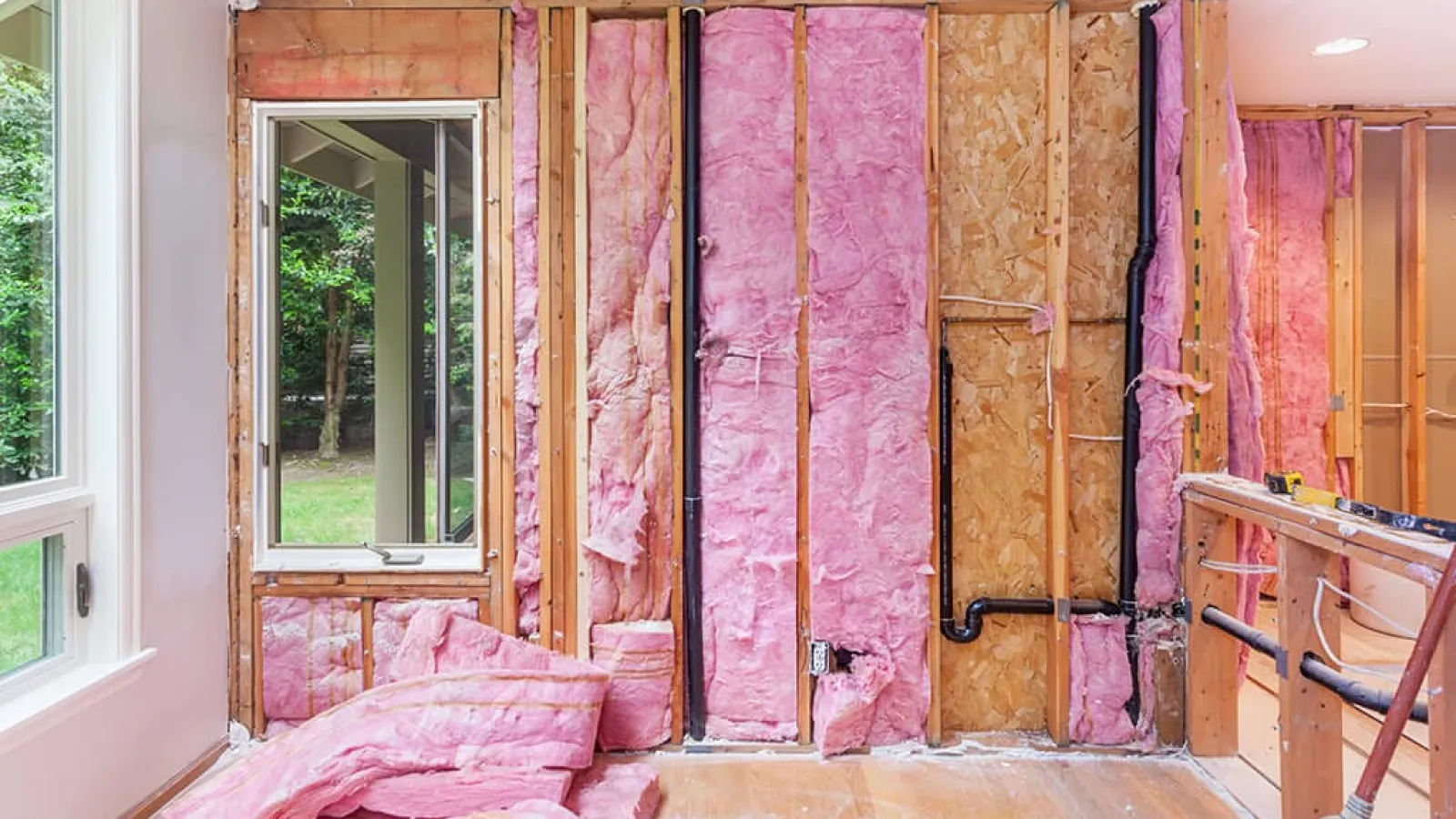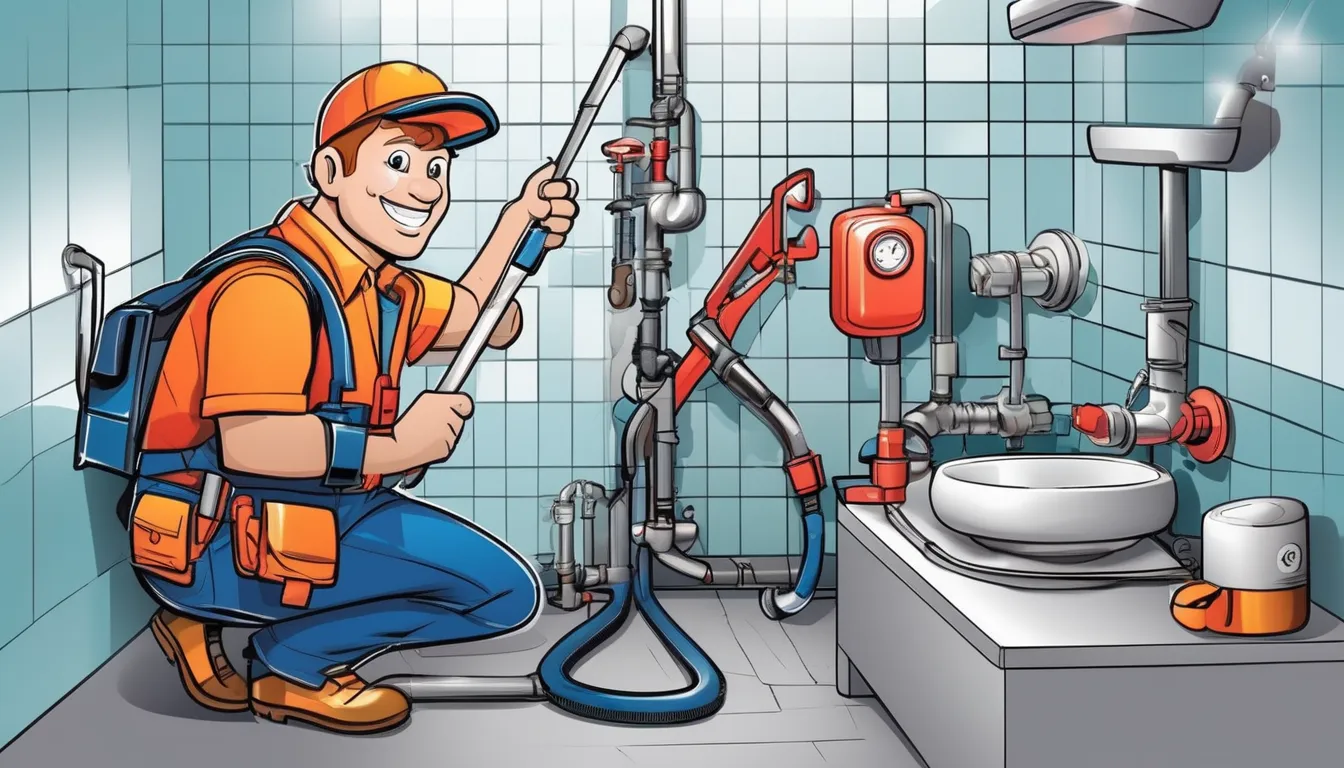
You’re likely paying more for energy than you need to, and the culprit might be hiding in plain sight. Air leaks in your home can cause significant energy loss, leading to higher bills and decreased comfort. But what if you could seal those leaks and start saving money? It’s easier than you think. By identifying and addressing common air leaks, you can reduce your energy consumption and improve your home’s overall efficiency. But where do you start? Understanding the benefits and process of air sealing is key to making a positive impact on your home and wallet.
Benefits of Air Sealing
By sealing air leaks, you’re not just preventing heat from escaping – you’re also saving money on your energy bills and making your home more comfortable. This is because air leaks allow conditioned air to escape, forcing your heating and cooling system to work harder and consume more energy. As a result, sealing air leaks can lead to significant energy savings and lower utility bills.
Sealing air leaks also improves indoor air quality by reducing the entry of pollutants and allergens into your home.
Additionally, it helps prevent moisture from entering your walls and attic, reducing the risk of mold growth and structural damage.
By sealing air leaks, you can also reduce noise pollution and prevent pests from entering your home.
Furthermore, air sealing can increase the overall lifespan of your HVAC system and other appliances by reducing the strain on them.
Common Air Leaks in Homes
Air Sealing: Protecting Your Home From Energy Loss
Common Air Leaks in Homes
Several areas in your home are notorious for air leaks, and understanding where they’re is crucial to effective sealing.
As you inspect your home Air Sealing air leaks, pay attention to areas where different materials meet, such as where walls meet the foundation or where windows meet the surrounding frame.
When you identify these areas, you can begin to seal the gaps and cracks that allow air to escape.
Here are some common areas to inspect for air leaks:
- Electrical outlets: Check the areas around electrical outlets, especially those on exterior walls, as they can be a common source of air leaks.
- Windows and doors: Inspect the gaps between windows and doors and their surrounding frames, as these can let air escape.
- Attic hatches: The attic hatch is often a significant source of air leaks, so make sure to seal the gaps around the hatch and the surrounding area.
Choosing the Right Materials
Now that you’ve identified common areas where air leaks occur in your home, it’s time to choose the right materials for sealing them effectively. You’ll need to select materials that are durable, easy to use, and suitable for the specific types of air leaks you’re dealing with.
| Material | Use | Durability |
|---|---|---|
| Spray foam | Large gaps, attic spaces | High |
| Caulk | Small gaps, windows, doors | Medium |
| Weatherstripping | Moving parts, doors, windows | Low-Medium |
When choosing materials, consider the type of air leak, the climate you live in, and the level of durability you need. Spray foam is ideal for large gaps and attic spaces, while caulk is better suited for small gaps around windows and doors. Weatherstripping is a good option for moving parts like doors and windows. Make sure to read the manufacturer’s instructions and follow any safety precautions when using these materials. By selecting the right materials, you’ll be able to effectively seal air leaks and reduce energy loss in your home. Additionally, consider the cost and availability of the materials when making your selection.
DIY Air Sealing Techniques
Sealing air leaks effectively doesn’t have to be a daunting task – with the right materials in hand, you’re ready to dive in.
Start by identifying the areas in your home where air leaks are most common, such as around windows, doors, electrical outlets, and switches.
Next, gather the necessary tools and materials, including caulk, spray foam, and weatherstripping.
Once you’ve identified the leaks and gathered your materials, it’s time to get started. Here are three DIY air sealing techniques to try:
- Caulk around windows and doors: Use a caulk gun to apply a bead of caulk around the frames of your windows and doors. This will help to seal any gaps or cracks that may be allowing air to escape.
- Seal electrical outlets and switches: Use spray foam or caulk to seal the gaps around electrical outlets and switches. This will help to prevent air from leaking out through these areas.
- Apply weatherstripping around doors: Use weatherstripping to seal the gaps between your doors and door frames. This will help to prevent air from leaking out through these areas.
Professional Sealing Services
Professional Sealing Services
If you’re not comfortable tackling air leaks on your own or have a particularly large or complex job, consider hiring a professional to get the job done. They’ll have the necessary tools and expertise to identify and seal even the toughest air leaks.
| Service | Description | Cost |
|---|---|---|
| Basic Sealing | Identifying and sealing obvious air leaks | $500-$1,000 |
| Advanced Sealing | Identifying and sealing hidden air leaks using specialized tools | $1,000-$2,500 |
| Energy Audit | A comprehensive energy audit to identify air leaks and other energy efficiency issues | $300-$700 |
| Air Sealing Package | A package deal that includes sealing and insulation services | $1,500-$3,500 |
| Maintenance Visit | A routine visit to check and reseal any air leaks that may have developed over time | $200-$500 |
When hiring a professional, make sure to research and compare different companies to find the one that best fits your needs. Be sure to ask about their experience, the services they offer, and the cost of those services. They’ll be able to provide you with a customized solution to your air sealing needs.
Conclusion
You’ve learned how air sealing can protect your home from energy loss and improve indoor air quality. By sealing air leaks, you’ll reduce energy bills, prevent moisture entry, and increase the lifespan of your HVAC system. Whether you choose DIY techniques or professional sealing services, taking action now will pay off in the long run. Don’t let air leaks drain your wallet – seal them up and start saving today.


